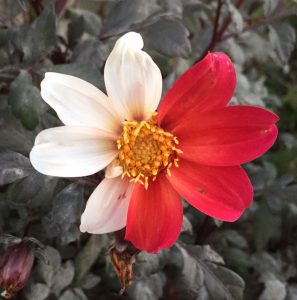 Science is all around us— in everything we touch, smell, taste and see. It is in the flowers in our gardens, the molecules of pollen and oils that give those flowers scent, the crystals of sodium chloride that gives our food flavor and the way light is bent and changed to give our world color. There is science in the way we look like our great-great grandmother, and science in the way we are so different from each other. As the granddaughter of a forester and a botanist and the daughter of a science teacher, there has been science in my life for as long as I can remember. Recently my parents moved to a retirement home, and as I spent time helping them downsize, I took pictures of some of the ‘science’ that surrounded my as I grew up.
Science is all around us— in everything we touch, smell, taste and see. It is in the flowers in our gardens, the molecules of pollen and oils that give those flowers scent, the crystals of sodium chloride that gives our food flavor and the way light is bent and changed to give our world color. There is science in the way we look like our great-great grandmother, and science in the way we are so different from each other. As the granddaughter of a forester and a botanist and the daughter of a science teacher, there has been science in my life for as long as I can remember. Recently my parents moved to a retirement home, and as I spent time helping them downsize, I took pictures of some of the ‘science’ that surrounded my as I grew up.
To start, there is “old brassy”, the first microscope I ever used. This microscope, and it’s slightly more modern cousin held places of honor on shelves in my father’s den.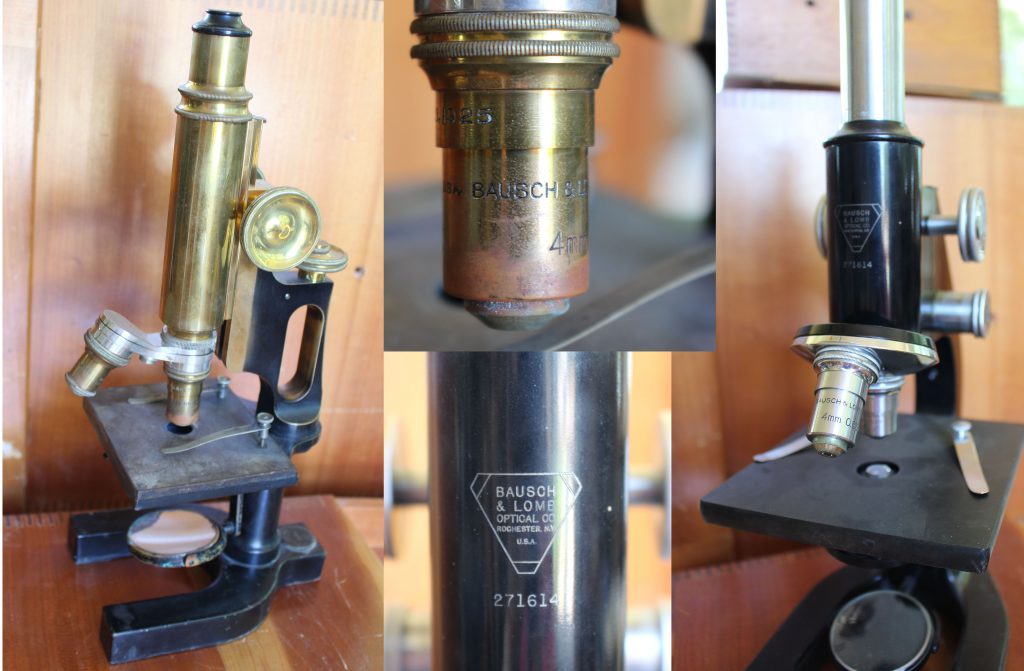
Held in wooden boxes next to the microscopes were test tubes containing all sorts of mysterious things, including samples gathered by my grandfather while he was a forester in Louisiana.
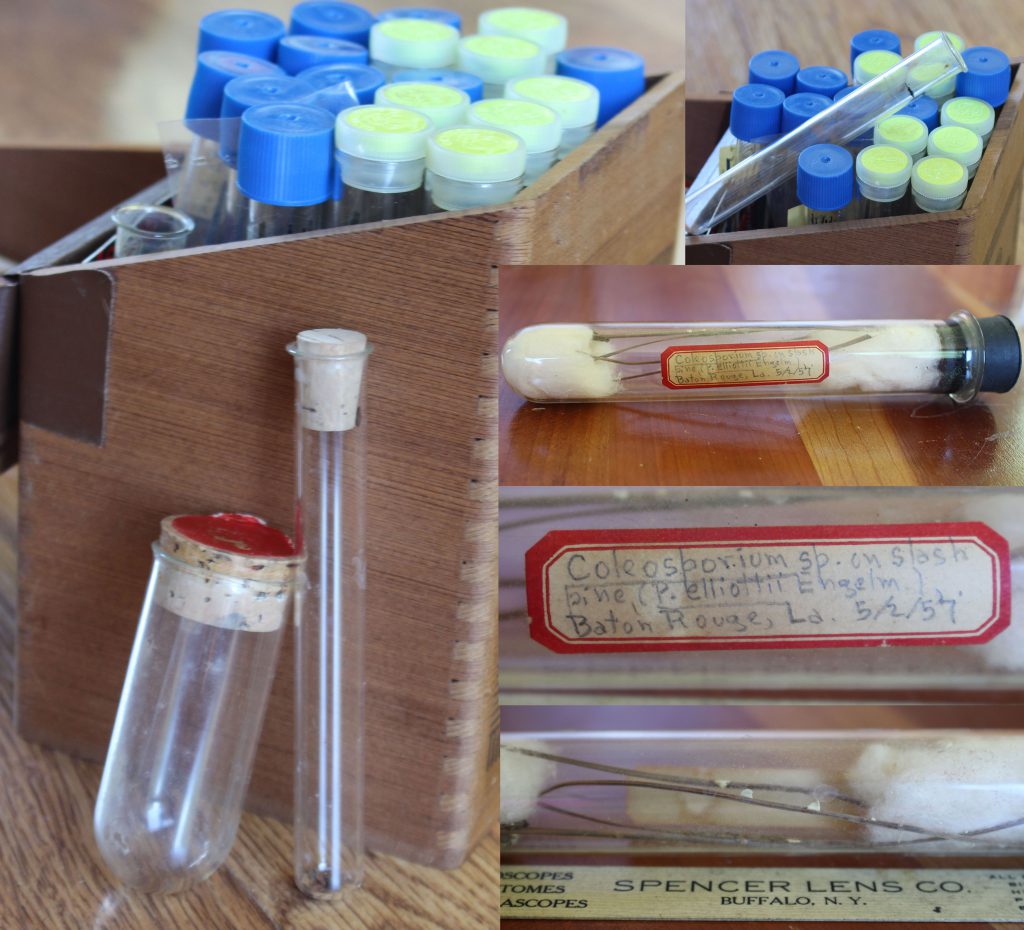
In a place of honor on top of my father’s desk sat a statue that I always called the “thinker” I learned years later about the Auguste Rodin sculpture that rightfully claims this tittle.
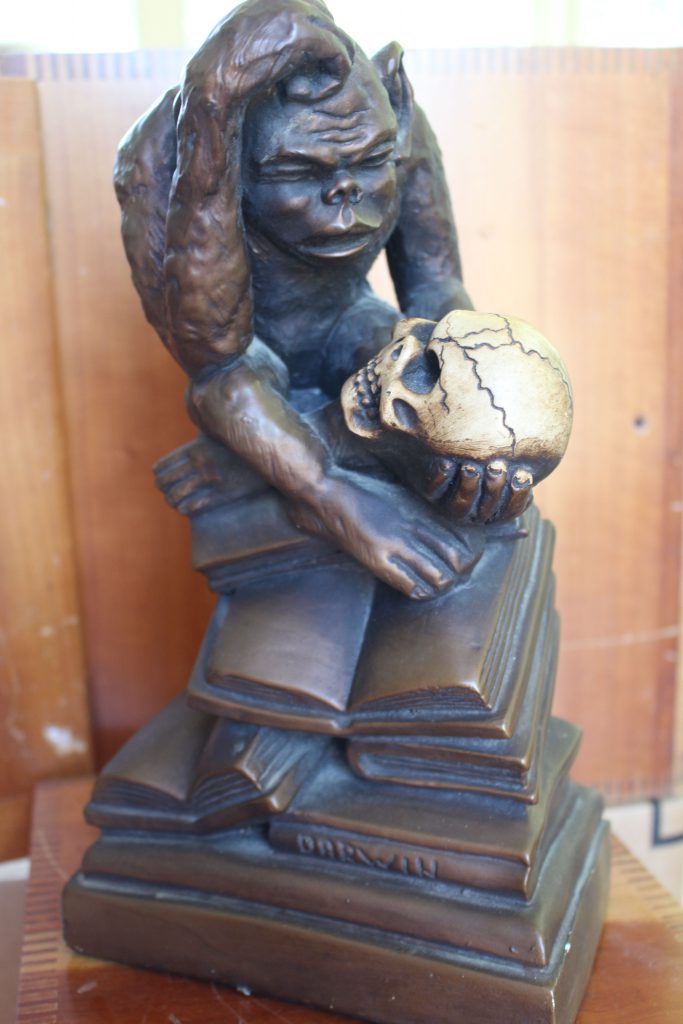
The paper weight that held my father’s notes down was a meteor that a fellow science teacher had sawed in half and then polished the flat surface smooth. This rock from “outer space” fascinated me and captured my imagination.
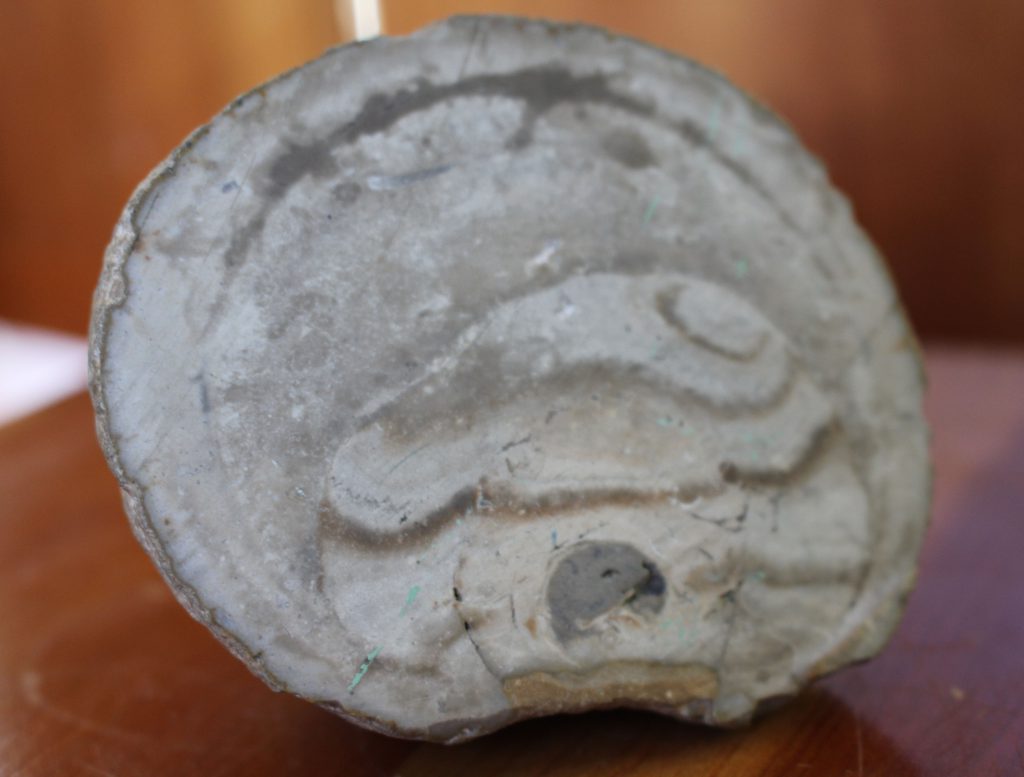
Although I never owned a chemistry set, I created my own concoctions by mixing colored water, salt and vegetable oil using the graduated cylinders, beakers and other labware my father brought home from his classes at school.
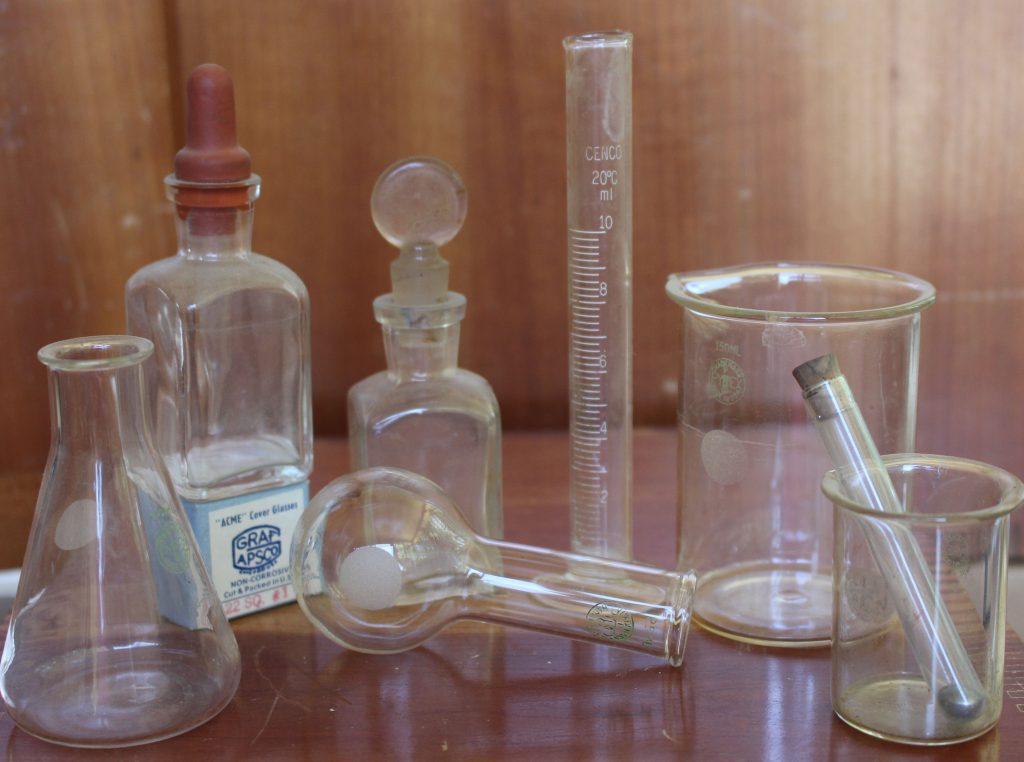
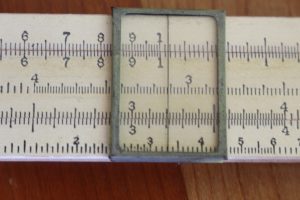
My father even spent on incredibly frustrating (for him) afternoon trying to teach me how to use his old slide rule. The end result was my eternal appreciation for my Texas Instruments calculator.
Family hikes were spend looking for certain plants or identifying tree fungus. We knew how to identify insects, butterflies and moths using the books in my father’s den. Prized examples of a Cecropia moth and a giant click beetle hung on the walls of the basement family room.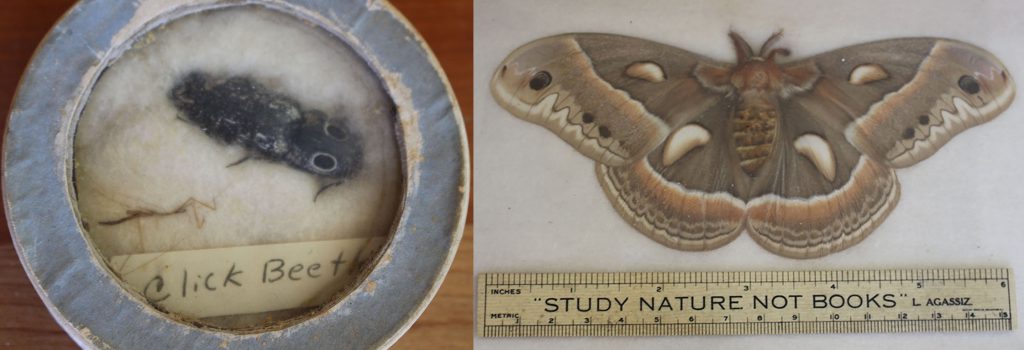
Even though I grew up with some really amazing symbols of science, what shaped me into a scientist more so than seeing these things, was the environment my parents created for me and my sister. We were taught to think for ourselves—and to think critically. Accepting something as true because someone else said so was never good enough. Not even teachers got a free pass; we were still expected to evaluate their reasons and evidence and to draw our own conclusions.
Even though I love all the trappings of science I grew up around, I am more grateful for the parents who believed that teaching me to think was an important part of their role as parents. It is a philosophy that I am trying to follow as I raise my own children.
Note: These pictures are examples of the science I saw everyday growing up, but science and research live in everyday moments for all of us. It means seeing science in everything we do. Post a picture to Instagram or Twitter with the tags #SeeSci and #Promega and we will tell you how to get a poster in return.
